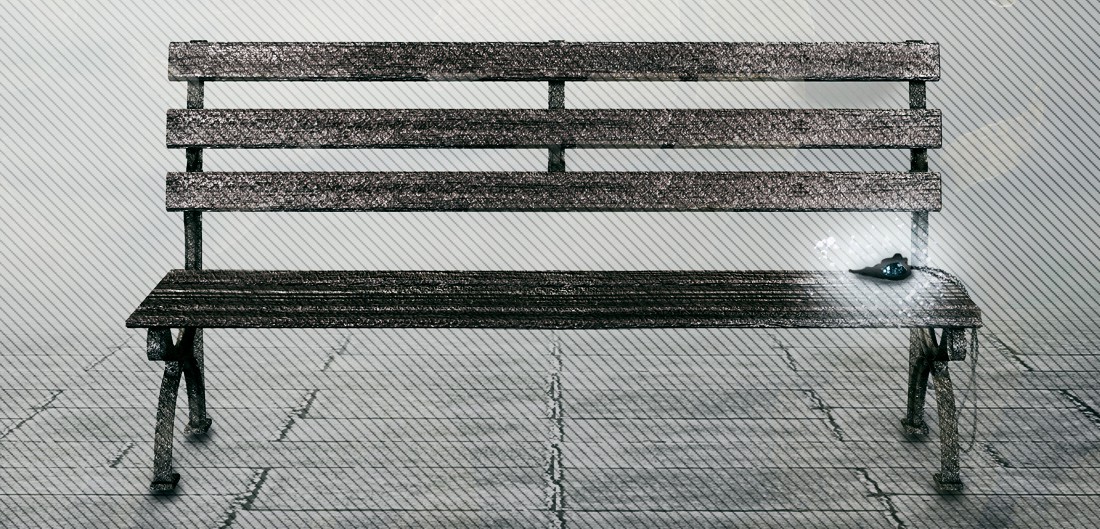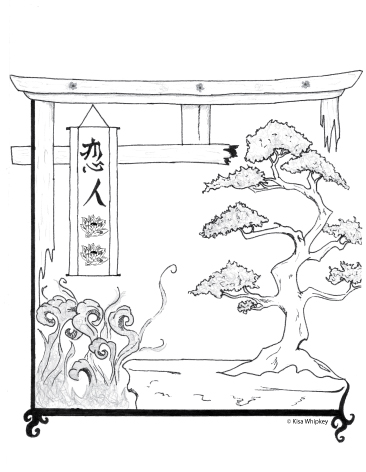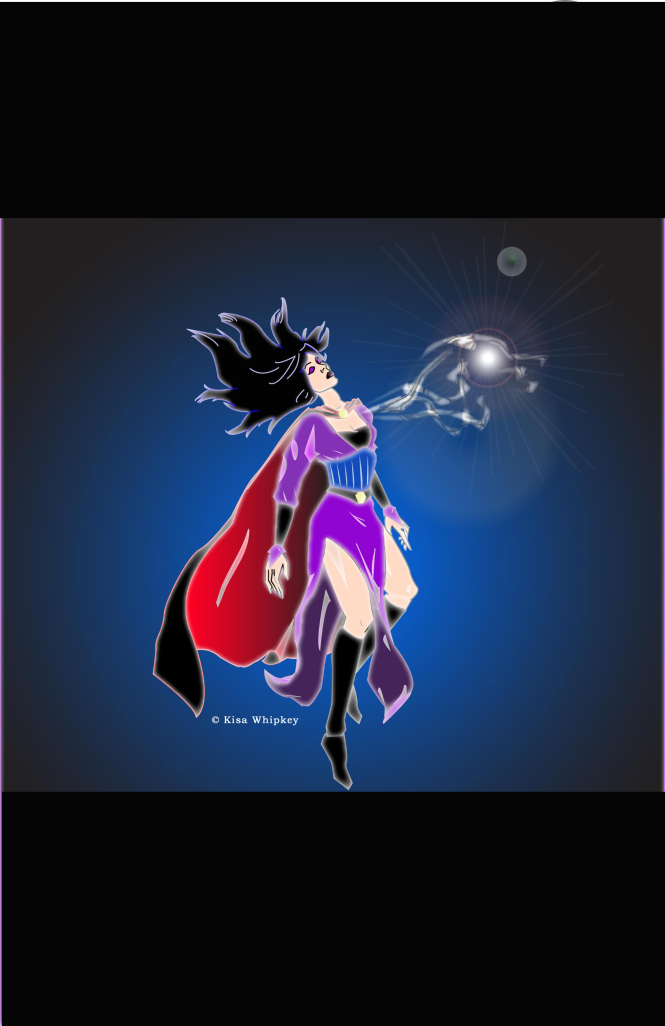
This is a post I’ve dreaded writing, because in order to do so, I have to relive some painful memories. But I feel like this is a message that needs to be said. And so, though it comes from a negative part of my life, I’ll try my best to keep it positive. First, some raw honesty:
Throughout my creative journey, I’ve tried many different branches. And I’ve felt like an outsider every time. The writing community has been welcoming, but recently, I realized that the literary one is a completely different beast, and that I will once again be facing down the enemy of being different. This isn’t a battle that’s new to me, though. In art, I was ostracized for being too commercial. In the Martial Arts, I wasn’t traditional enough. And in writing, I’m not literary, coming from a film background rather than one in English. But, you see, the problem isn’t me. Those are all things I’ve been told, things that have created scars I’ll never fully erase. They’re not the product of a lack of ability, or talent. No, they’re the product of a phenomenon that should never exist — elitism.
People hold the arts up as this ideal place for individuality, where you’ll be free to express yourself without fear of judgement and prejudice. But those people are wrong. Rooted in subjectivity, the arts are actually worse than other industries. Instead of embracing the different, the weird, the innovative, they shun it, viciously tearing down anyone who dares to try something new, or becomes too popular. And who can blame them? People who do things differently risk the status quo. And we can’t have that. (Even though that’s the motto flying on our brilliantly-colored flag of creativity.)
Humans are pack animals, no matter what we’re led to believe. And nowhere do you see that penchant for cliques more prominent than in the arts.
I came face to face with it for the first time in college. (Now, you should know that I went to college at the ripe age of 16, so I was still highly impressionable.) There I was, testing my wings for the first time in what I thought was a safe environment to do so. College is all about experimenting, right? Finding one’s self, and blah blah blah. Well, I had the good fortune to find a college professor whose close-minded bullying nearly had me hanging up my pencils for good.
I don’t know the story behind what was happening in that woman’s life, but that also shouldn’t matter. She was an educator, someone entrusted to help mold the minds of our youth. And she abused that power. I was stuck with her for three classes that semester — color theory, figure drawing, and beginning painting. Things started off great. I’d never been exposed to formal art classes, so I was a sponge, putting my best into every assignment. (I’m also a perfectionist with a compulsive need to get A’s, so you can connect the dots on my level of participation.) She seemed to like me, and I did well in all three classes. Until one day, about halfway through the semester, when she asked me the fated question I would learn never to answer honestly — what kind of artist do you want to be? Stupid me, I told her the truth:
“I want to be an animator,” I said, not realizing that word was akin to the most vulgar thing in the dictionary.
She looked like I’d spat in her drink. She backed away from me, a completely disgusted look on her face, mumbled something snide and walked away. After that, my grades plummeted, she wouldn’t call on me during class, and it was like I didn’t exist. But the kicker was the final project for the painting class. The assignment was to create an abstract painting that had no clear top or bottom. I’d never done abstract before, but I did my best, following the assignment to the letter.
Like all teenagers, I was battling some emotional instability, so I tried to capture that turmoil in paint. Doesn’t get more “tortured artist” than that, right? Well, when it came time for the final critique, this woman took my painting to the front of the class, turned it on its side and said, “Oh my God, where’s Bambi?” (Yes, that’s a direct quote.) I’ve never seen a room full of young people so silent. I swear, they all stopped breathing, staring at me with wide eyes as this teacher continued to ridicule me in front of them all, informing me I had failed because clearly, I had portrayed a forest fire.
I left that class in tears, dropped out of school and gave up on art for the next five years. All because I’d made the mistake of uttering the “A” word.
That’s not the only time I’ve run into that kind of elitist attitude either. Over the years, I’ve been accused of plagiarism (because I happened to write a sci-fi story that featured a weapon mildly resembling a light saber), told I wasn’t good enough to amount to anything, and been patronized because I don’t do things by the majority norm. And I know I’m not alone. These kinds of experiences are par for the course in the arts.
You want to be a singer? Too bad, you suck.
You want to paint? Well, you’re not Van Gogh, so you may as well give up.
You want to be published? Every door will be slammed in your face.
Overcoming adversity is the very definition of being an artist. But it doesn’t have to be that way. So what if someone wants to play the violin with their toes. Or paints murals on street signs. Or writes something a little rough around the edges. It doesn’t make them any less of an artist. The different creative communities claim to be so welcoming and open-minded, but instead, offer only elitism and rejection. If you’re not the alpha of the pack, then you’re the scapegoat. Or worse, lost somewhere in the middle, amongst a sea of sheep.
What’s the point to all this? Simple — don’t let yourself fall prey to elitism. Words have power, whether they be said in jest or seriousness. And that power lasts. To those of us in a position of authority (agents, editors, publishers, teachers, etc.) I implore you to think about what your rejections do to the people who receive them. So it wasn’t your cup of tea. That’s fine, but be nice about it. There must be something good you can give them, some piece of encouragement and/or advice. There’s no reason to get up on a high horse and strip them of their dignity. It’s our job to be the mentors, to help people achieve their creative dreams. Falling into the pack mentality is easy to do, but if we all try a little harder to remember our humanity, and not our need to feel important, we can eliminate experiences like those I went through.
And for those of you who have suffered, or are suffering, under the sword of elitism, keep your head up. Just because one person says you can’t, does not mean you can’t. It took me a long time to get over what that painting teacher said, and I would have destroyed the piece if my mom hadn’t saved it. But I’m glad she did, because I no longer see the emotional turmoil it represented. I see a fire-breathing dragon. It’s a reminder of what I’ve overcome, and that it’s okay to fight for your dreams. So remember, as the great Eleanor Roosevelt said, “No one can make you feel inferior without your consent.” We all have a choice. We can become victims, or we can become dragons. I chose to be a dragon, to fight back against elitism and approach my creativity with strength and resolution. Which will you be?

Untitled
by Kisa Whipkey
Copyright: 2000
All Rights Reserved




